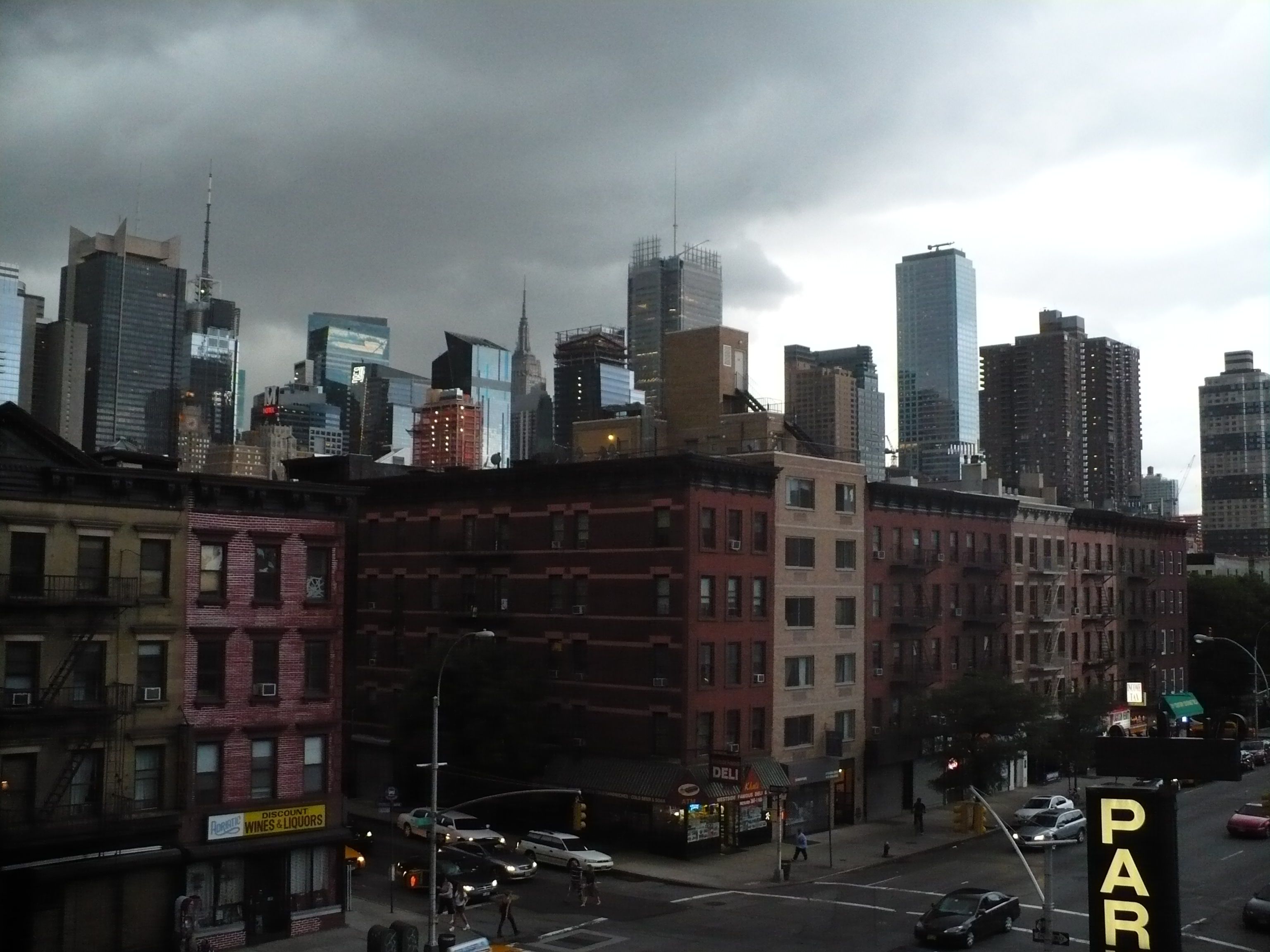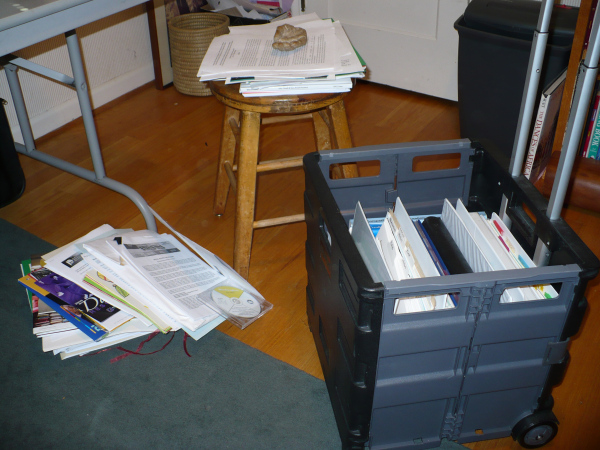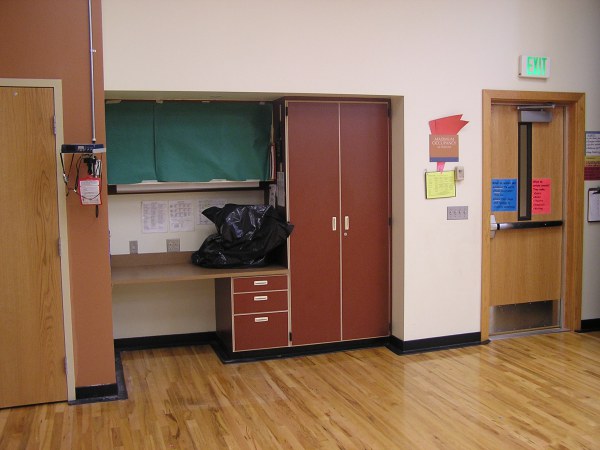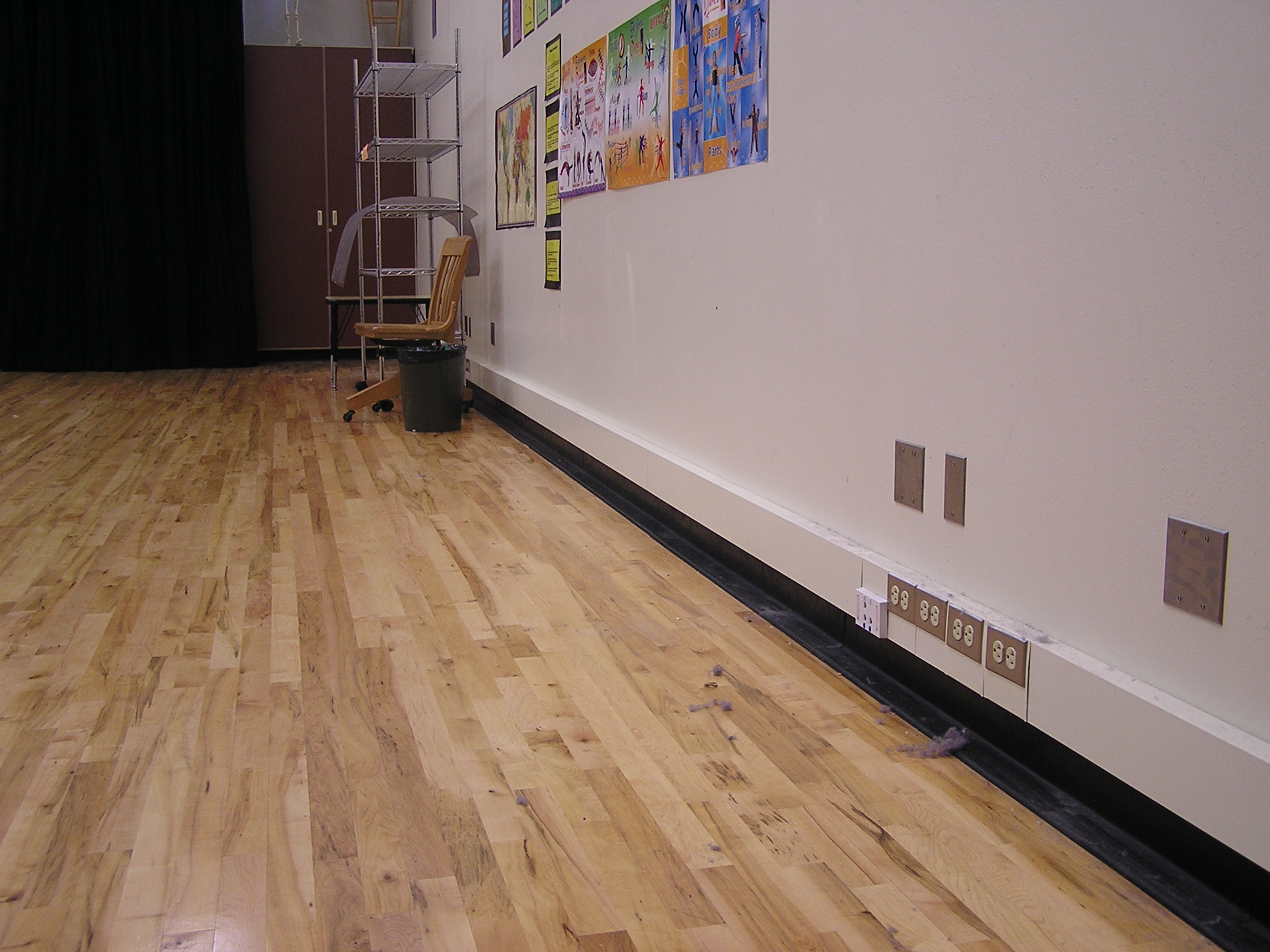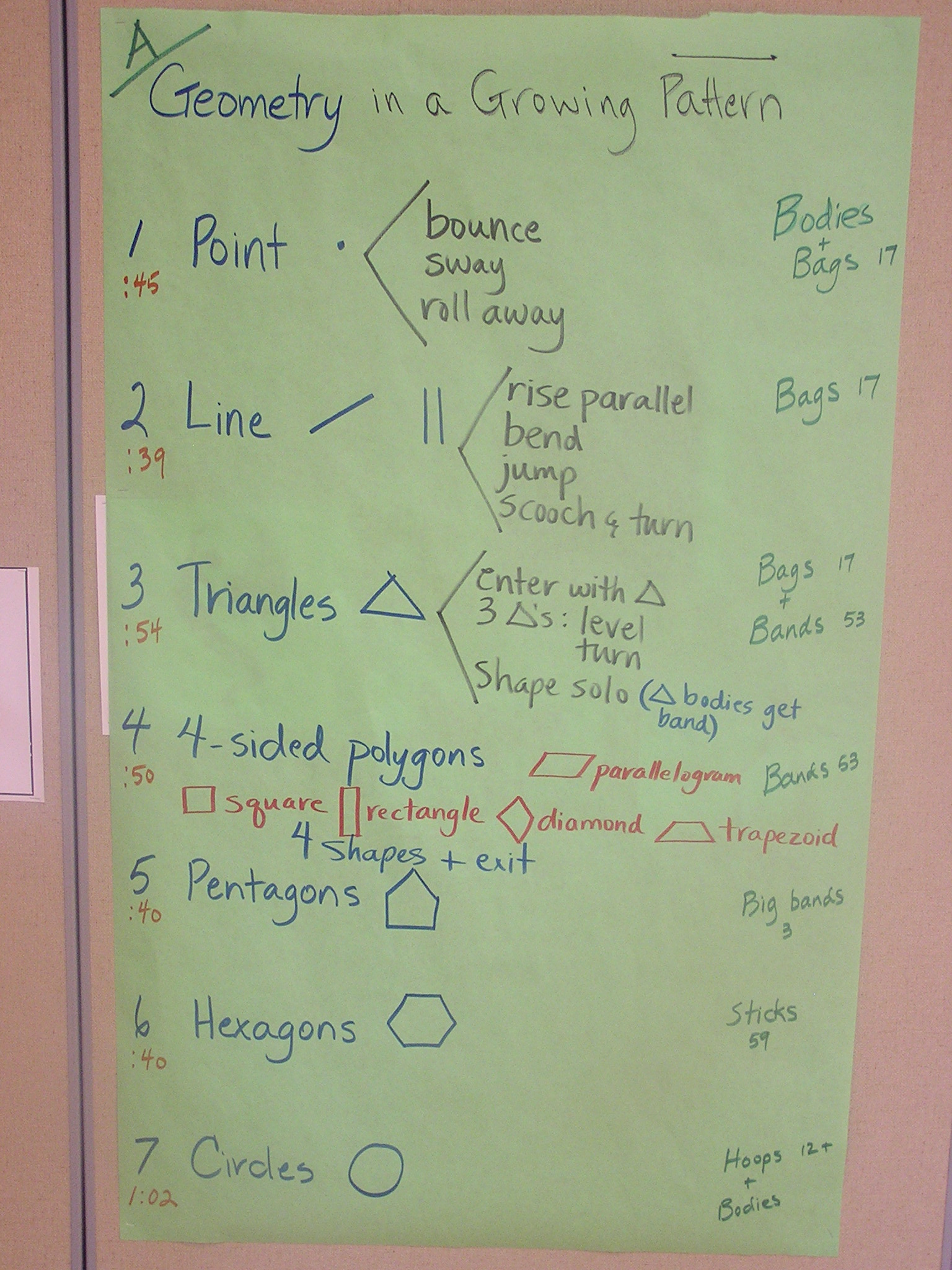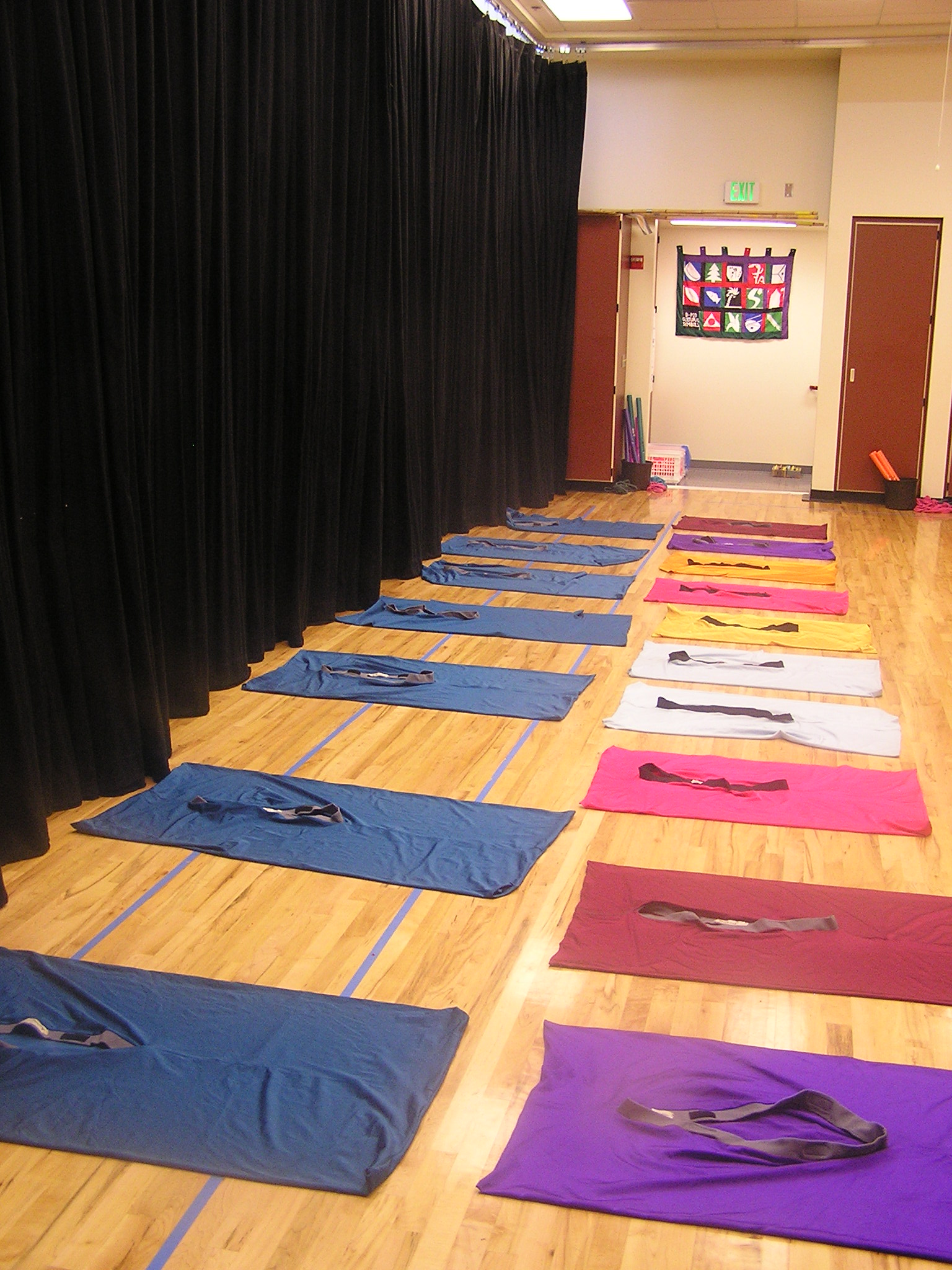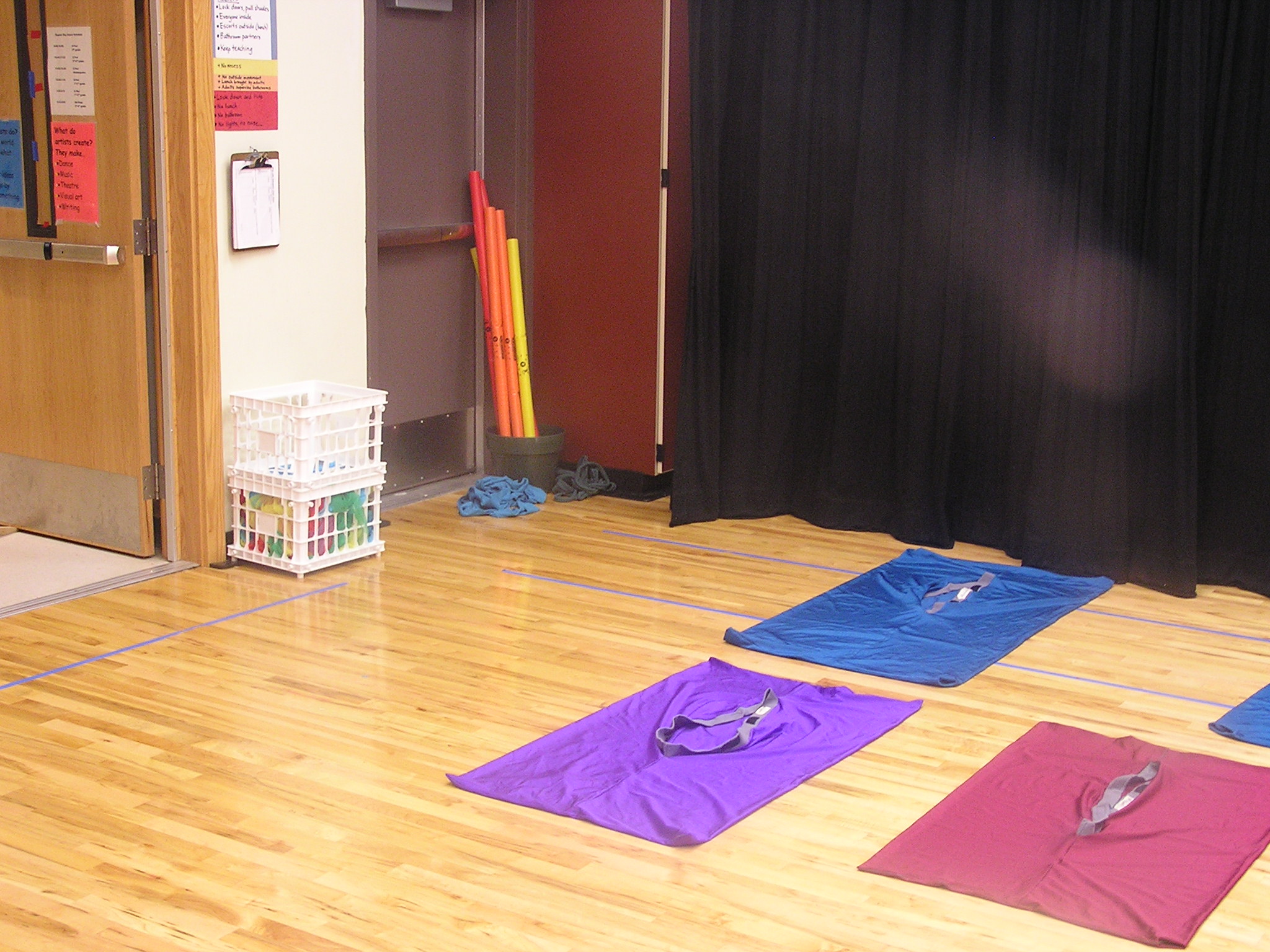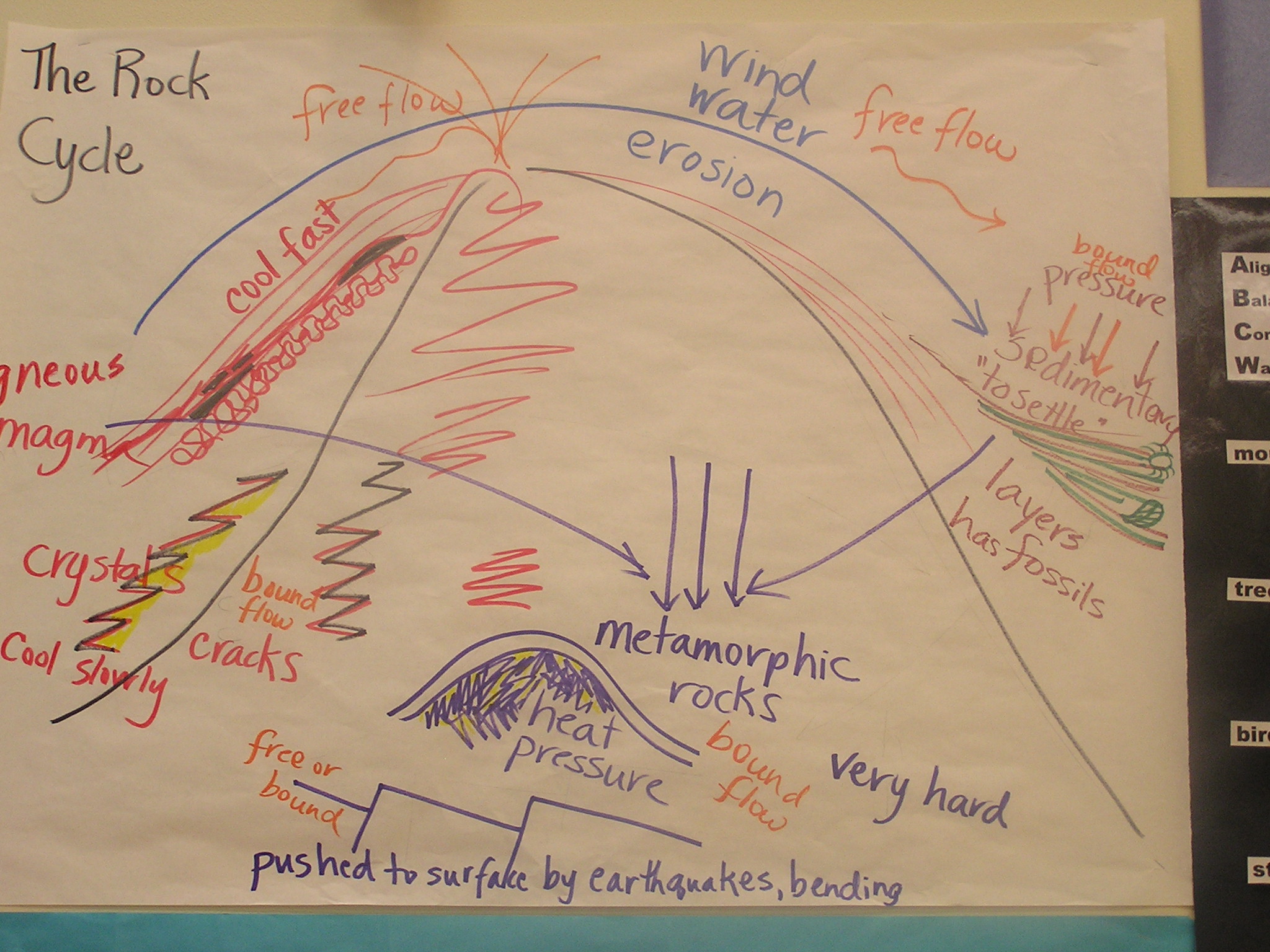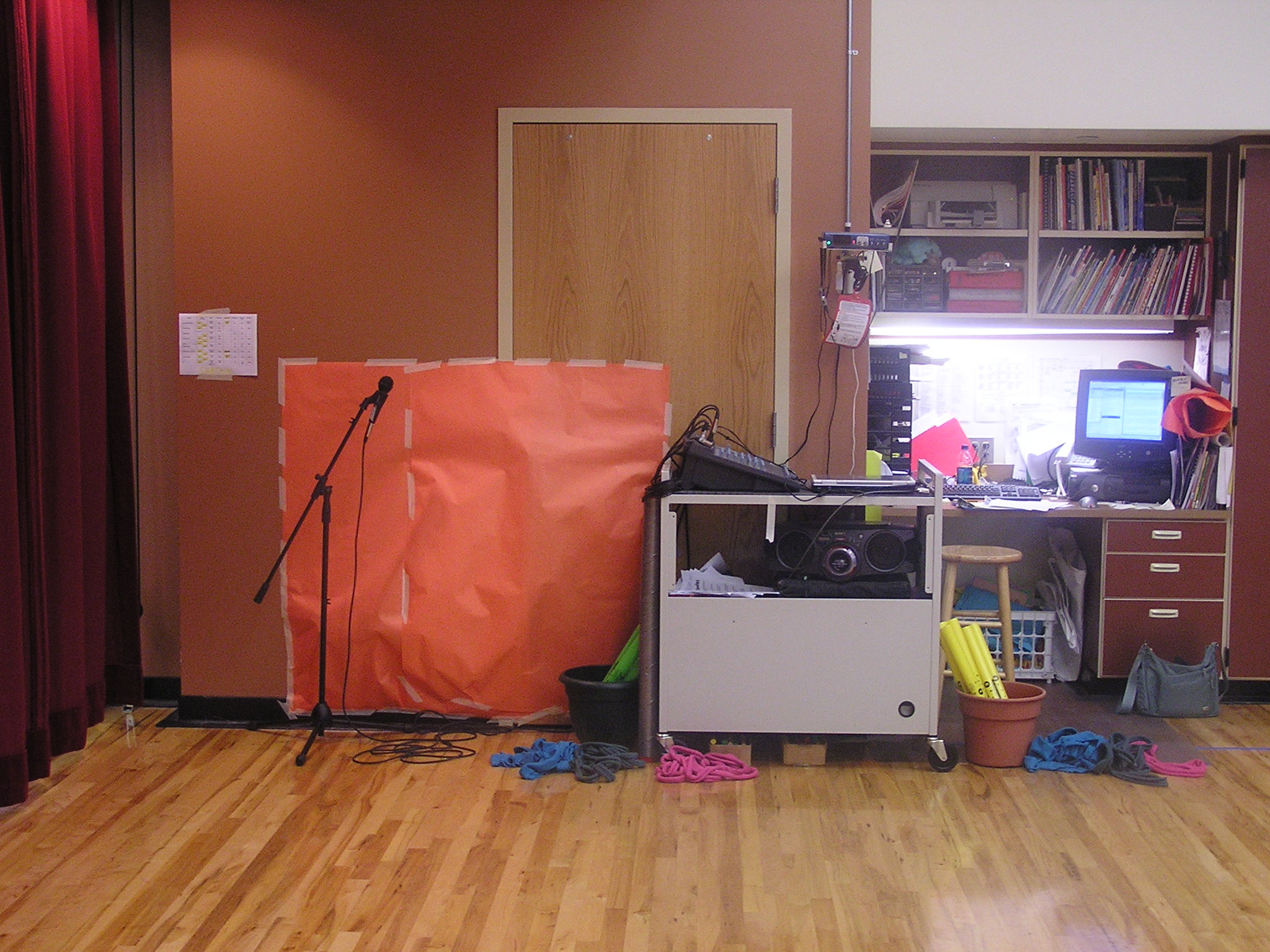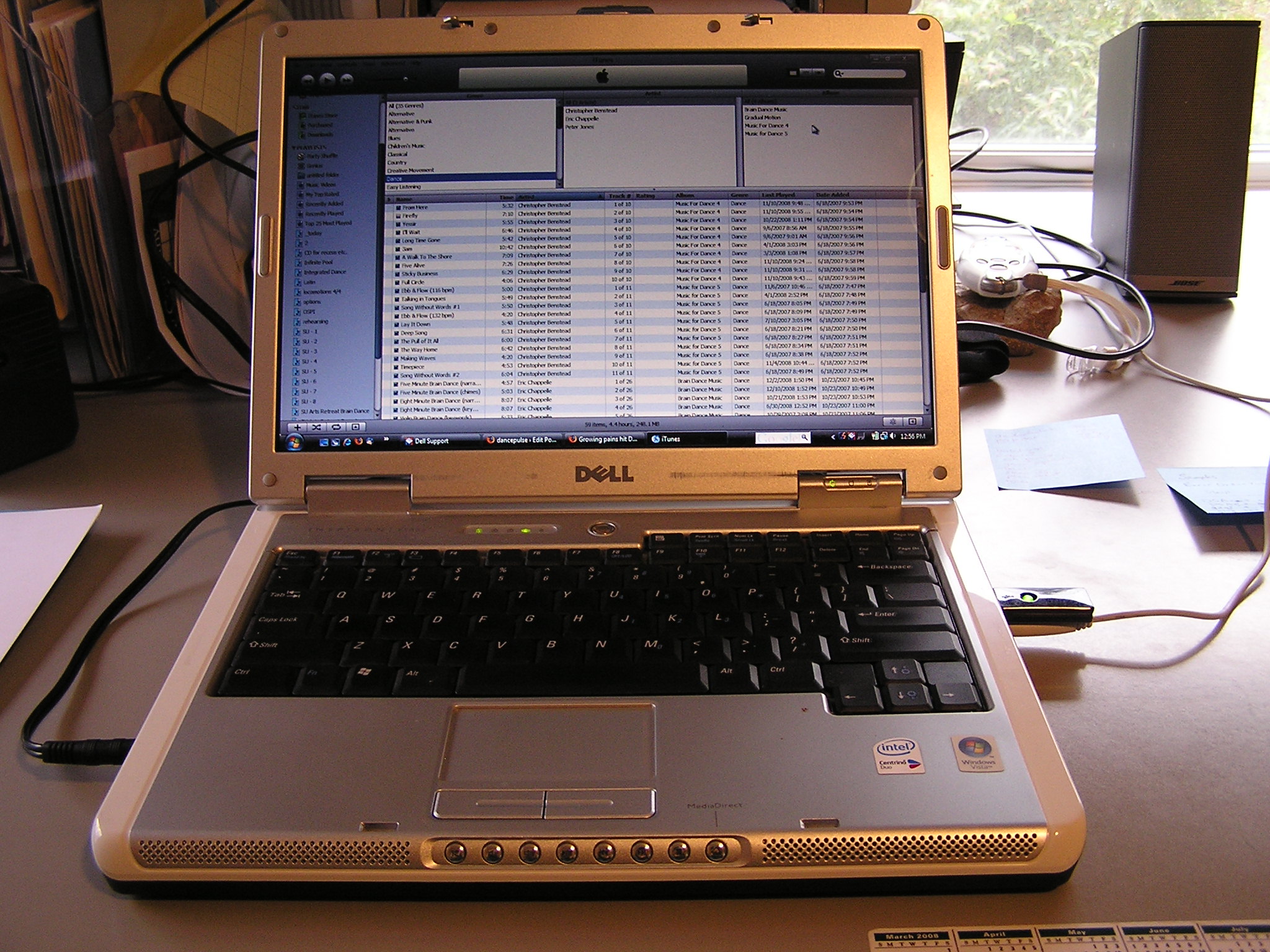On the occasion of having recently been to New York City for the NDEO 2009 Conference Focus on Dance Education: Take a Bite of the Apple/Exploring Resources to Promote Best Practices, I recommend it — doing a professional conference — although it does take a fair amount of energy, time, trouble & money. Here are some good reasons to go:
- Meeting & hearing from other professional dance educators offers a wider perspective of what’s going on in the field. For a short span of time, you can quit just putting one foot in front of the other, come out of your own context, and look around. While you’re looking, you may discover which of your issues are of national/global concern, as well as avenues for problem-solving together.
- Ideas are worth sharing — your own & other peoples’. Although I don’t get great ideas from every session, I always come home with a couple of wonderful nuggets — kernels to mull over, try out & mold to my own purposes. Meanwhile, I find it refreshing to discuss my own work with others and get their feedback.
- It’s good to meet some folks you’ve heard of — authors of books, frequent presenters, folks you’ve exchanged emails with…
- It’s validating. I tend to return with a feeling of satisfaction, both in my chosen profession & in my own work. Although I’m a bit of a cynic and don’t tend to plunge whole-heartedly into all conference sessions & activities, I generally feel afterwards as if I’ve been to a buffet, sampling the tastiest offerings while maintaining an appetite for more.
So, some highlights of the NDEO Conference:
- Meeting & hearing from other professional dance educators: NDEO has initiated a new website, which offers some customized networking. I was glad for the chance to learn more about the K-12 Forum by participating as a panel member on the topic of “Subject Discrimination: A Hindrance to Best Practices in Dance Education,” by listening in on the K-12 Interest Group Task Force, and by attending a roundtable discussion of issues for K-12 dance educators. NDEO’s K-12 Forum will go live on their website in August, and it has potential — if K-12 educators get involved! [Available to NDEO members through their log-in…]
- Ideas are worth sharing: I went to 2 particularly noteworthy sessions. In “Teaching Critical Thinking Through Movement Patterns,” Sheila Kogan presented a clear progression for teaching choreographic form, including ABA & expansions of ABA, rondo & some theme & variation — with strategies appropriate for all levels. Then too, in “A Framework for Dance Literacy Using LOD in Grades K-3,” Barry Blumenfeld, from the 92nd Street Y‘s Dance Education Laboratory, presented highlights from the studio’s systematic integration of Laban Movement Analysis & Language of Dance into their curriculum for young dancers. I’ll be looking back over my notes from both sessions…
- It’s good to meet some folks you’ve heard of: Nice to meet face-to-face with various NDEO board members I’ve only known through emails, as well as the editor of Dance Teacher Magazine.
- It’s validating: I definitely returned feeling more in touch with my professional world.
Having gone to about 4 out-of-state conferences in the last 8 or 9 years, I’m clearly not addicted to going to conferences — but I do recommend it…

